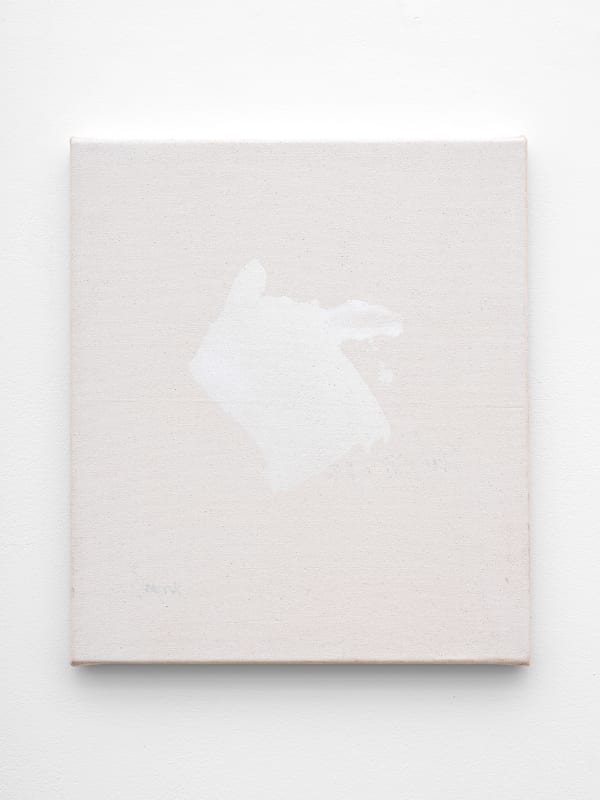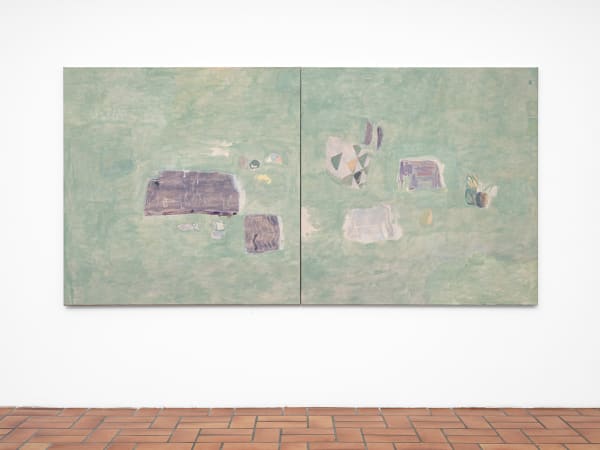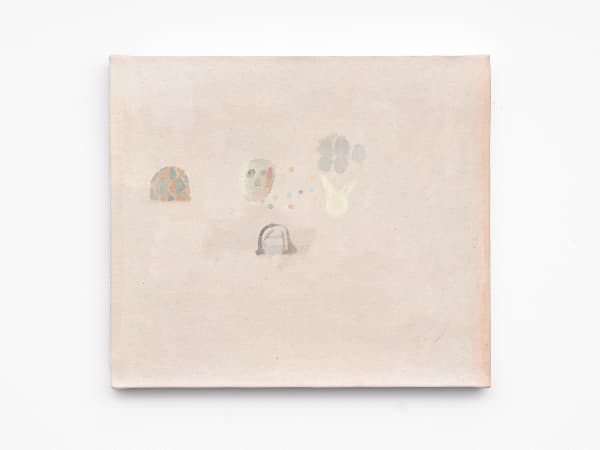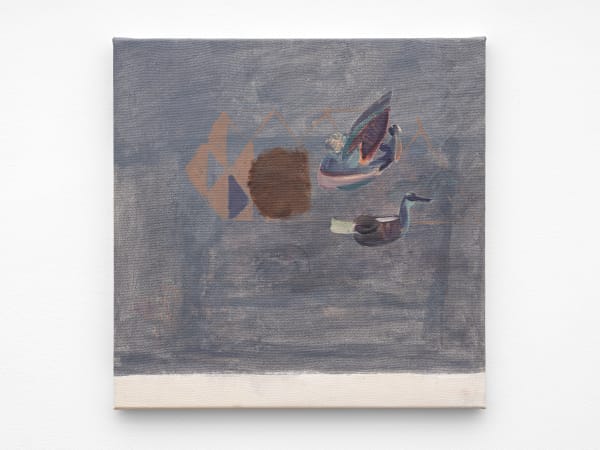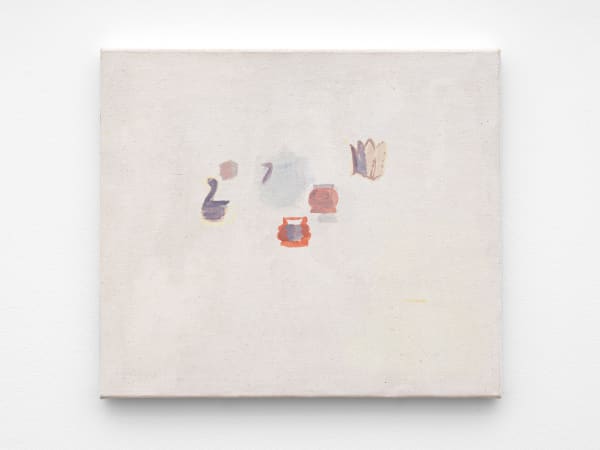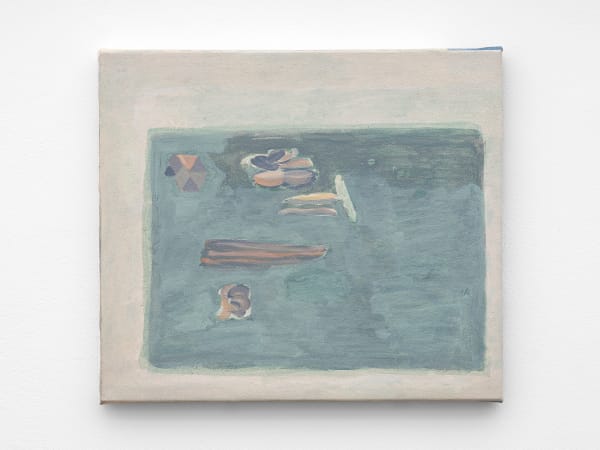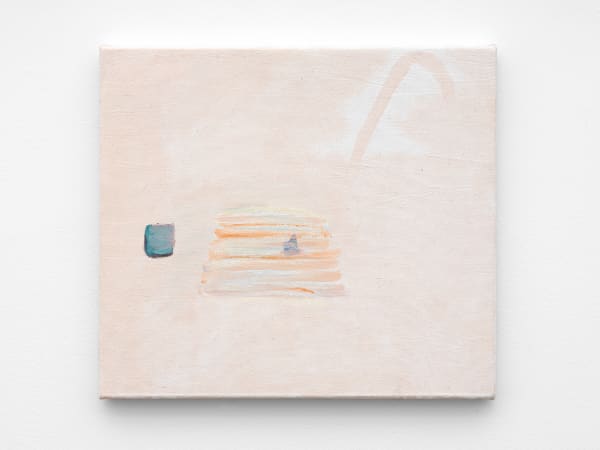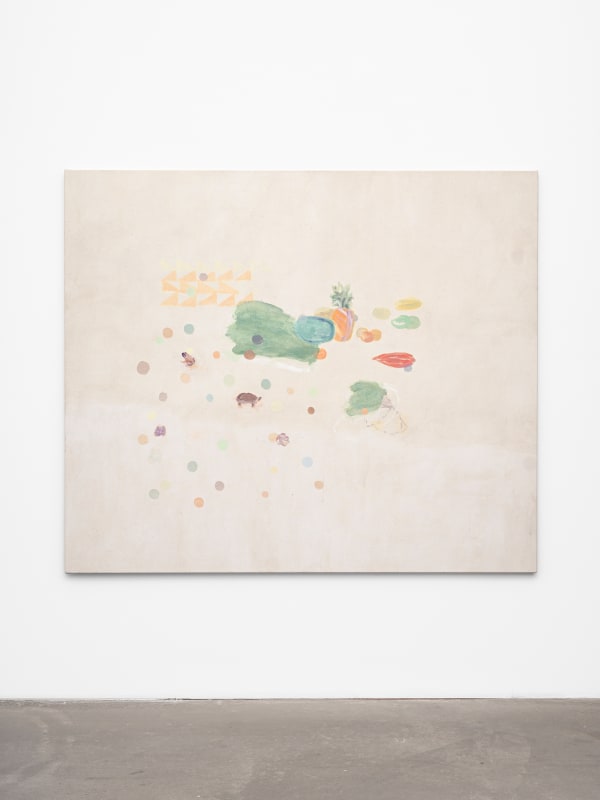SHIKH SABBIR ALAM: "Sundarban"
STANDARD (OSLO)
PRESS RELEASE
-----
SHIKH SABBIR ALAM
"SUNDARBAN"
02.06.-01.07.2023 / PREVIEW: FRIDAY 02.06.2023 / 19.00 - 21.00
-----
STANDARD (OSLO) is pleased to present "Sundarban", an exhibition of recent paintings by Shikh Sabbir Alam. For his first solo exhibition at STANDARD (OSLO), Alam is making the unique ecosystem of the Sundarbans its central motif and thematic point of departure.
Sundarban is the name of a vast and largely inaccessible mangrove area in the Bay of Bengal. It covers more than 10,000 square kilometres on either sides of the India-Bangladesh border, and is the largest mangrove forest in the world. Consisting of salt-tolerant trees and shrubs - whose complex roots bind and trap the soil of a myriad of tiny, low-lying islands - this forest stands in the place where freshwater meets saltwater. It acts as a barrier against winds and waves - protecting the homes of millions in the Bengal region from storms, floods and cyclones. This landscape - with its forests, its mudflats, its channels and its wetlands - which changes daily with the rising and ebbing tide, provides the home for a truly unique flora and fauna. Yet it proves itself a hostile and largely inhospitable environment for humans.
"Sundarban" is also the title that Shikh Sabbir Alam has chosen for his first solo exhibition at STANDARD (OSLO). The name, "Sundarban", is derived from two words in Bengali: "Sundar", which means "beautiful", and "Ban", which means "forest". It comes across as a strange choice of name for a forest that it is haunted by so many dangers. The people who live here need to avoid both snakes, crocodiles and the feared Bengal tiger. The author Amitav Ghosh wrote in his introduction to the novel "The Hungry Tide": "For hundreds of years, only the truly dispossessed and the hopeless dreamers of the world have braved the man eaters and the crocodiles who rule there, to eke a precarious existence from the unyielding mud." This contradiction - the flattering name given to a landscape of such extremes - is a point of departure for the paintings in Alam's exhibition. However, they are paintings that concern themselves as much with the myths and the margins of the seeable as the place itself.
Such is the case with the painting "A Crocodile". It revisits a childhood memory of the artist, who himself grew up in Kushtia in the Bengal region. Alam, however, is not interested in being loyal to the title and to the task of merely rendering a crocodile. His concern is rather with the duration and distraction of viewing. "A Crocodile" is a painting concerned with the human experience of seeing the animal - or as is the case of Alam's incident, almost seeing it - not the animal itself. At the core of Alam's practice is an interest of the circumstances of seeing or coming into knowing. Repeatedly his paintings take it upon themselves to render what is not visual - the smells, the tastes and the sounds that accompany the experience of seeing. And with the passing of time: what sort of discrepancy is there between what was, what is remembered, and what can be rendered? In particular, Alam is drawn to moments of ecstasy, fear and wonder. Those moments that overwhelm us and leave us as distressed witnesses, describing and depicting inaccurately but delivering with great intensity.
He seeks out the landscape of the Sundarbans exactly because only seeing becomes an impossibility. Or in the case of a painting such as "Unseen Tiger", which leaves more for imagination than it offers information. Once again, Alam takes an interest in putting the painting and the viewing of it in play. There is a title. There is a sketch that appears as a depiction of some creature, which we instantly assign meaning to. Then there is a wilful subtraction of certainty. The sketch - and with that an attempt at figuration or narration - gets encapsulated by ornaments, various shapes, and countless dense and chopped brushstrokes. They crowd up the surface and cancel any notion of pictorial depth, in a way that leads one to thinking of the grey clay that makes up the soil of the Sundarbans and clings onto any creature attempting to move through its mudlands.
With the ramped up deforestation and the destruction from recent cyclones, the rising sea level is tipping the balance of freshwater and saltwater in the Sundarbans. It leads to a scarcity of food for both the animals that belong here and the human beings that are trying to make this place the source of their livelihood. The 200 or so tigers that roam the islands are left with a far more fragmented habitat and an altered pattern of migration. The title "Unseen Tiger", thus allows for a wide range of readings. The joke about what the painting is not revealing. The dwindling numbers of the species in a region that is changing. The disappointment of the wildlife tourist. The sense of relief for the local fisherman or honey gatherer. In the Sundarbans, Muslims and Hindus will be joined in prayers against the common dangers that await them before entering the mangrove forest. Some wild honey gatherers came up with a trick, thinking of how the tiger only attacks from behind, and made paper masks of human faces that they would put to the back of their heads. The cut out eyes seeing nothing. The heightened senses still fearing everything in their surroundings.
-----
Shikh Sabbir Alam (b. 1982, Kushtia, Bangladesh), lives and works in Kushtia and Dhaka, Bangladesh. He completed his master's degree at the Oslo Academy of Fine arts (KHiO). The paintings in this exhibition initially made their appearance in the Kochi-Muziris Biennale, "In Our Veins Flow Ink and Fire", in Kerala, India, earlier this year. Other recent exhibitions include: "Oude Wijn/Nieuwe Zakken - 50 Jaar Kunst In De Warande", De Warande ,Turnhout, Belgium (2022); " Zoology", curated by Benedict Vandaele, Zebrastraat, Ghent, Belgium (2021); "Poetic Faith", SMAK, Gent, Belgium (2020); "Old Tree", Hordaland Art Center, Bergen, Norway (2020); "Destinýs Gratinee" Kunstnernes Hus, Oslo, Norway (2018); Dhaka Art Summit, Dhaka, Bangladesh (2018), and Destiny's Atelier, Oslo (2017).
-----

